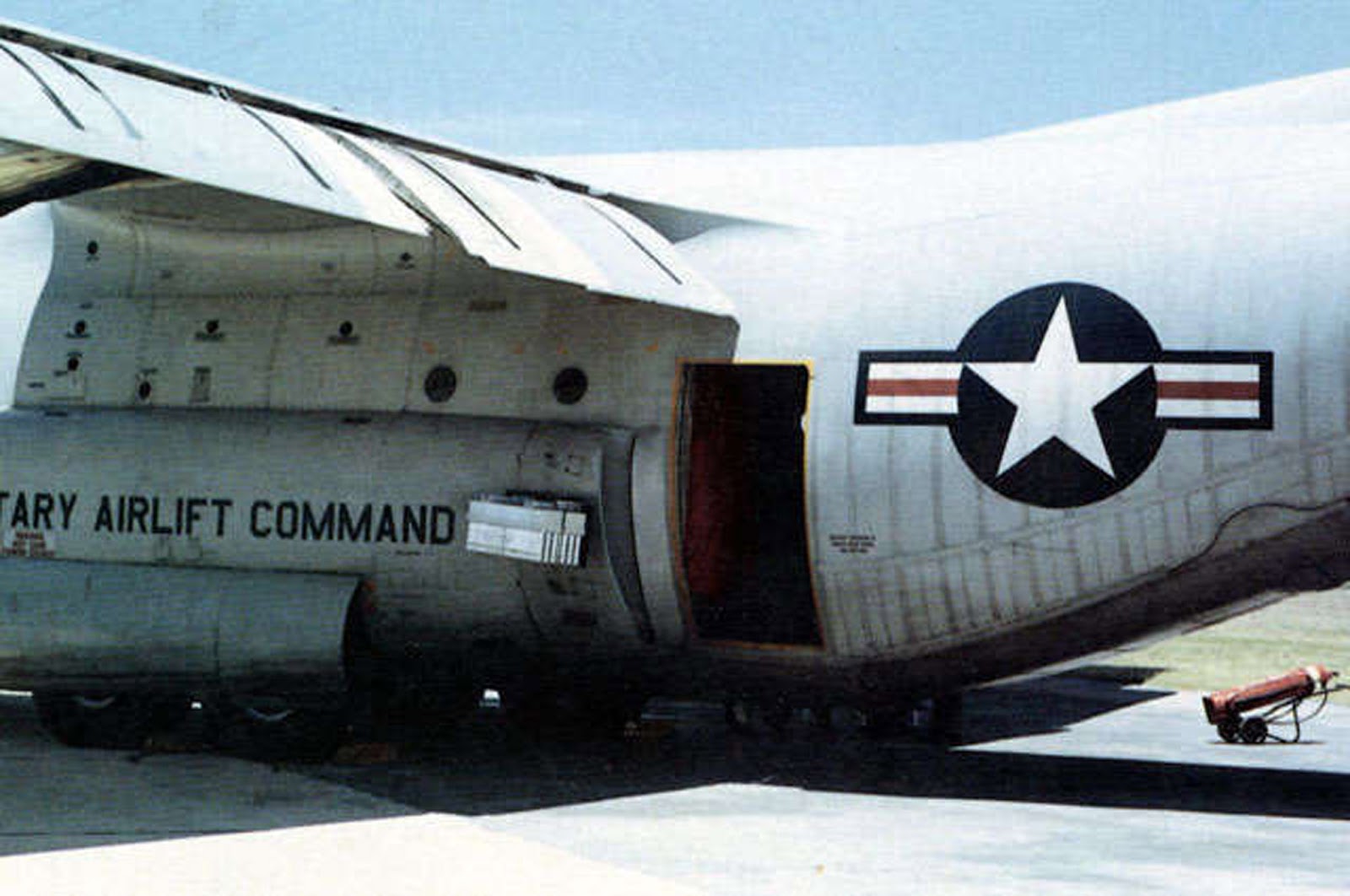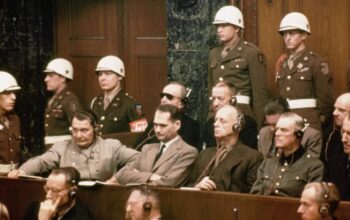During the Vietnam War, the United States employed a variety of unconventional tactics to gain an advantage over their adversaries. One of the most controversial and secretive operations was known as “Operation Popeye.” This clandestine weather modification program aimed to extend the monsoon season in Southeast Asia, specifically over the Ho Chi Minh Trail, in an attempt to hinder the movement of North Vietnamese troops and supplies. In this article, we will delve into the history, implementation, and consequences of Operation Popeye.
The Genesis of Operation Popeye
In the mid-1960s, the Ho Chi Minh Trail served as a crucial supply route for the North Vietnamese Army, enabling them to transport troops, weapons, and equipment through the mountainous regions of Laos and Cambodia to South Vietnam. Recognizing the strategic importance of disrupting this logistical lifeline, the U.S. military sought innovative methods to impede the enemy’s progress.
The Birth of Weather Warfare
Drawing inspiration from cloud-seeding experiments conducted during the Korean War, Operation Popeye was initiated in 1966 as a joint effort between the U.S. Air Force and the U.S. Navy. Its primary objective was to modify the weather patterns over the trail and adjacent areas in order to saturate the region with rainfall, turning roads into muddy quagmires and rivers into impassable torrents.
Implementation and Techniques
To achieve their goals, military aircraft were outfitted with cloud-seeding equipment capable of dispersing silver iodide, a compound believed to enhance precipitation. These modified planes flew over targeted areas, releasing the silver iodide into clouds, encouraging the formation of rain. The operation’s activities were mainly conducted in the regions of Laos and Cambodia, although the impacts were felt in parts of Vietnam as well.
Secrecy and Denial
Despite its controversial nature, Operation Popeye remained highly classified throughout its duration. The U.S. government denied the existence of the program when questioned by the international community, including during a Senate hearing in 1971. The covert nature of the operation led to limited public awareness and subsequent skepticism.
Consequences and Ethical Questions
The consequences of Operation Popeye were far-reaching and raised numerous ethical questions. By manipulating weather patterns, the U.S. military directly targeted the civilian population of Southeast Asia, affecting their livelihoods and well-being. The increased rainfall resulted in extensive flooding, landslides, and agricultural damage, leading to food shortages and the displacement of local communities. Moreover, the operation violated the international agreements on weather warfare, such as the 1977 Environmental Modification Convention.
The End of Operation Popeye
In 1971, investigative journalist Jack Anderson exposed the existence of Operation Popeye in an article published in The Washington Post. Anderson obtained classified documents and interviews with insiders, shedding light on the covert program. Following this revelation and growing public scrutiny, the U.S. government officially announced the termination of Operation Popeye later that year.
Legacy and Lessons Learned
Operation Popeye stands as a stark reminder of the lengths to which nations may go in their pursuit of military advantage, often at the expense of humanitarian and environmental concerns. The operation led to increased international scrutiny and helped spur the development of legal frameworks to regulate weather modification activities. It serves as a cautionary tale, emphasizing the importance of transparency and ethical considerations in any form of scientific and military experimentation.
Final Thoughts
Operation Popeye stands as a chilling testament to the depths of human ingenuity when it comes to warfare and the disregard for the consequences inflicted upon innocent lives and the environment. This covert operation, shrouded in secrecy and denial, unleashed a storm of devastation upon Southeast Asia, deliberately targeting civilians and their livelihoods. The legacy of Operation Popeye serves as a haunting reminder of the moral compromises made in the pursuit of military advantage, and the lasting scars it left behind on the landscape and collective memory. It stands as a bleak reminder of the potential for humanity to descend into darkness when the boundaries of ethics are disregarded in the name of power. May Operation Popeye forever serve as a grim lesson in the perils of unrestrained technological manipulation and the imperative of preserving the sanctity of life and our planet.



